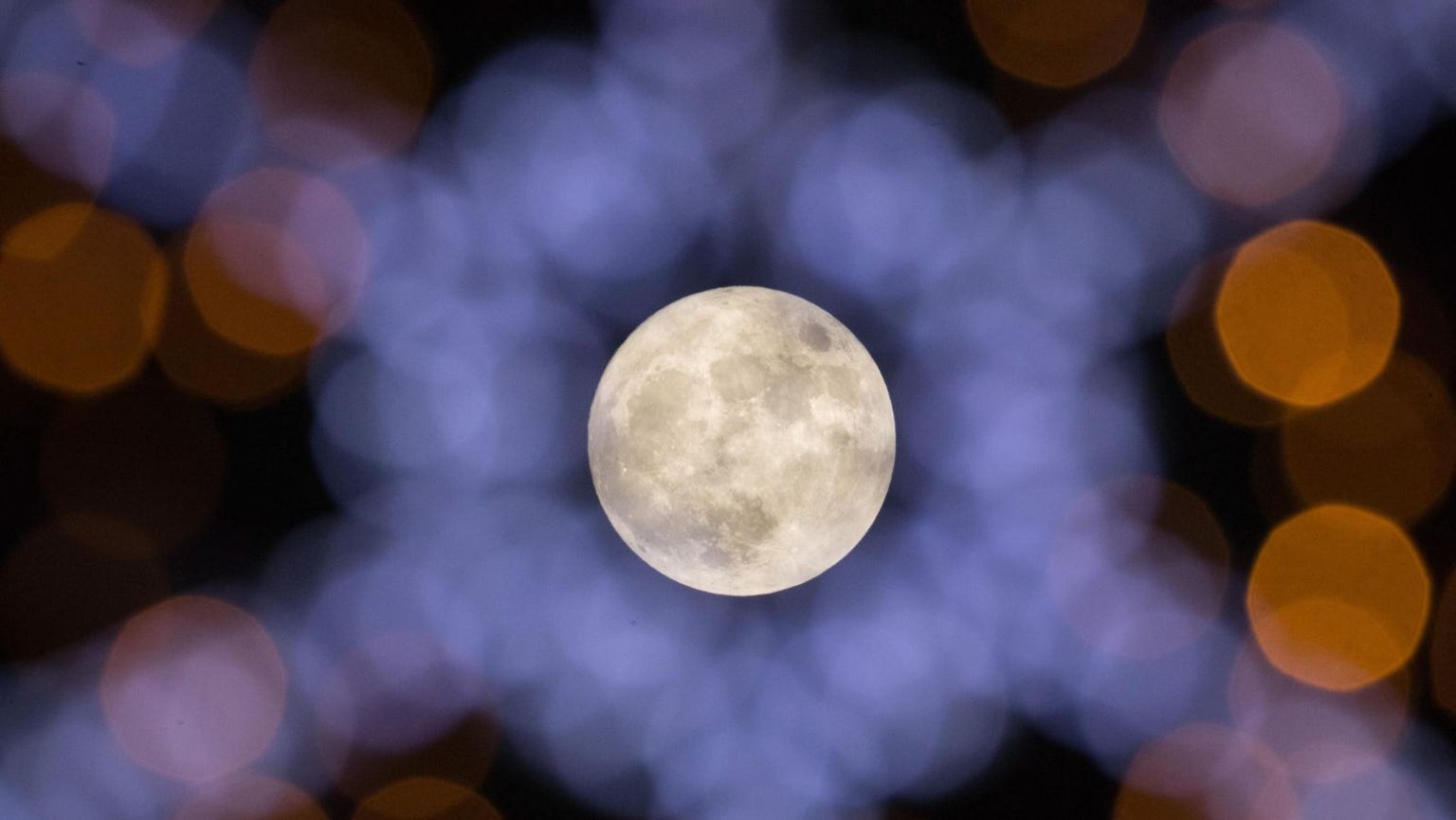2025: A Year of Lunar Spectacles – Eclipses, Supermoons, and Celestial Delights
The year 2025 promises to be an extraordinary one for lunar enthusiasts, offering a diverse array of celestial events that will captivate skywatchers worldwide. Coming off a year marked by a total solar eclipse and four supermoons, 2025 shifts its focus to the moon’s shadow play, featuring two total lunar eclipses, a trio of supermoons, and even a couple of smaller solar eclipses. This celestial lineup presents a unique opportunity for both seasoned astronomers and casual observers to witness the moon’s dynamic interactions with Earth and the sun.
The lunar eclipse drought, which has persisted since 2022, will finally end in 2025 with two total lunar eclipses gracing the night sky. These events, often referred to as "blood moons" due to the reddish hue the moon takes on during totality, occur when the Earth passes directly between the sun and the moon, casting its shadow upon the lunar surface. The first of these eclipses will grace the skies on March 14, 2025, visible across North and South America. The moon will be painted in a reddish glow for a full 65 minutes, a spectacle not to be missed. The second total lunar eclipse will follow on September 7, 2025, treating observers in Asia and Australia to an even longer 82 minutes of totality.
Adding to the lunar excitement, 2025 will showcase three supermoons, occurrences where a full moon coincides with the moon’s closest approach to Earth in its elliptical orbit. This proximity results in a larger and brighter appearance than a typical full moon. The first of these supermoons arrives on October 6, 2025, coinciding with the Harvest Moon, the full moon closest to the autumnal equinox. The second supermoon, the Beaver Moon, will grace the skies on November 5, 2025, boasting the closest lunar approach to Earth since 2019, promising a truly spectacular sight. The final supermoon of the year will illuminate the night on December 4, 2025, as the Cold Moon shines brightly in the winter sky.
Beyond these highlighted events, every full moon of 2025 offers its own unique charm, each bearing a traditional name often linked to seasonal changes and natural phenomena. Starting with the Wolf Moon in January, followed by the Snow Moon in February, the year progresses through a cycle of lunar phases, each marking a different point in the annual cycle. From the Worm Moon in March, foreshadowing the arrival of spring, to the Pink Moon of April, the Flower Moon of May, and the Strawberry Moon of June, each full moon carries a rich cultural history. The Buck Moon of July, the Sturgeon Moon of August, and the Corn Moon of September continue this lunar journey, culminating in the Hunter’s Moon of October, the Beaver Moon of November, and finally, the Cold Moon of December.
The year’s lunar calendar also holds significance for the naming conventions of harvest moons. Typically, the Harvest Moon is the full moon closest to the autumnal equinox, usually falling in September. However, in 2025, the October full moon claims this title due to its closer proximity to the equinox, pushing the September full moon to adopt the Corn Moon moniker. This shift underscores the dynamic relationship between the lunar cycle and the solar year, adding an intriguing layer of complexity to the celestial calendar.
For those seeking specific dates and times, the 2025 full moon schedule provides a comprehensive guide for planning observation sessions. The Wolf Moon will illuminate the sky on January 13, followed by the Snow Moon on February 12, and so on throughout the year. Each full moon presents an opportunity to connect with the natural world, appreciate the celestial rhythms, and marvel at the beauty of our nearest celestial neighbor. Whether observing the dramatic totality of a lunar eclipse or the subtle brilliance of a regular full moon, 2025 offers a diverse range of lunar experiences for skywatchers of all levels. So, mark your calendars, prepare your telescopes or binoculars, and get ready for a year of unforgettable lunar spectacles.
The year 2025 is shaping up to be a truly remarkable year for moon enthusiasts. With a combination of two total lunar eclipses, three supermoons, and the regular monthly cycle of full moons, there’s a celestial event for everyone to enjoy. Whether you’re a seasoned astronomer or simply someone who appreciates the beauty of the night sky, 2025 promises to deliver a series of unforgettable lunar experiences. So, keep your eyes on the skies and prepare to be amazed by the wonders of the moon.


